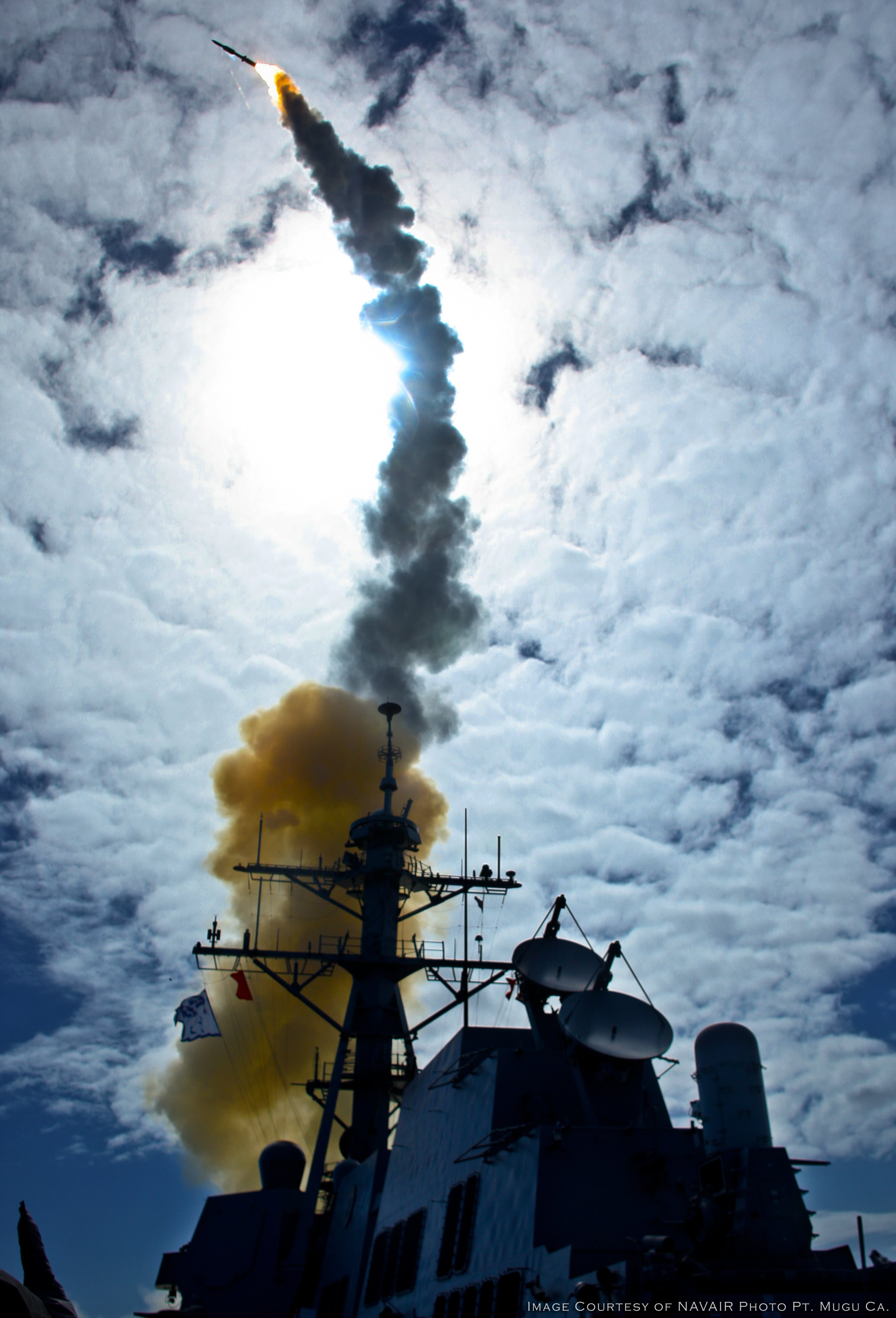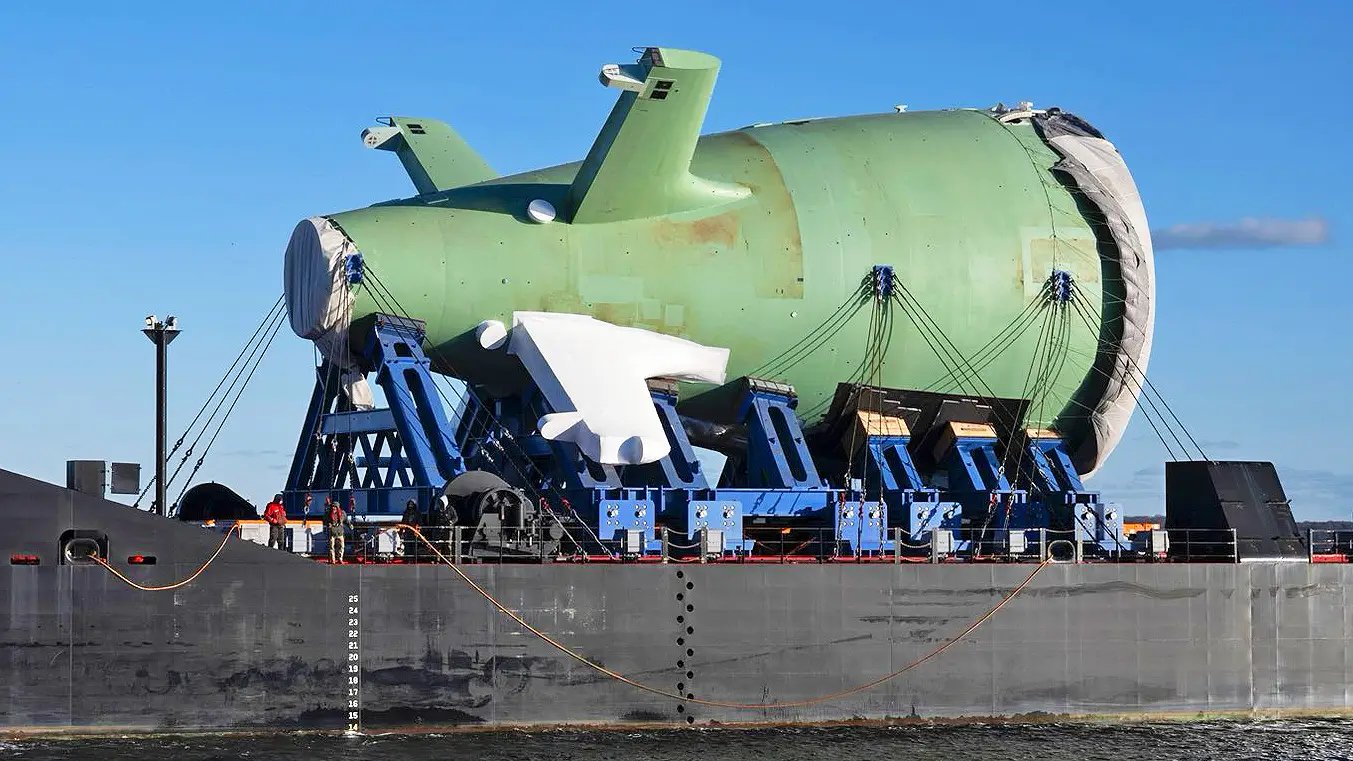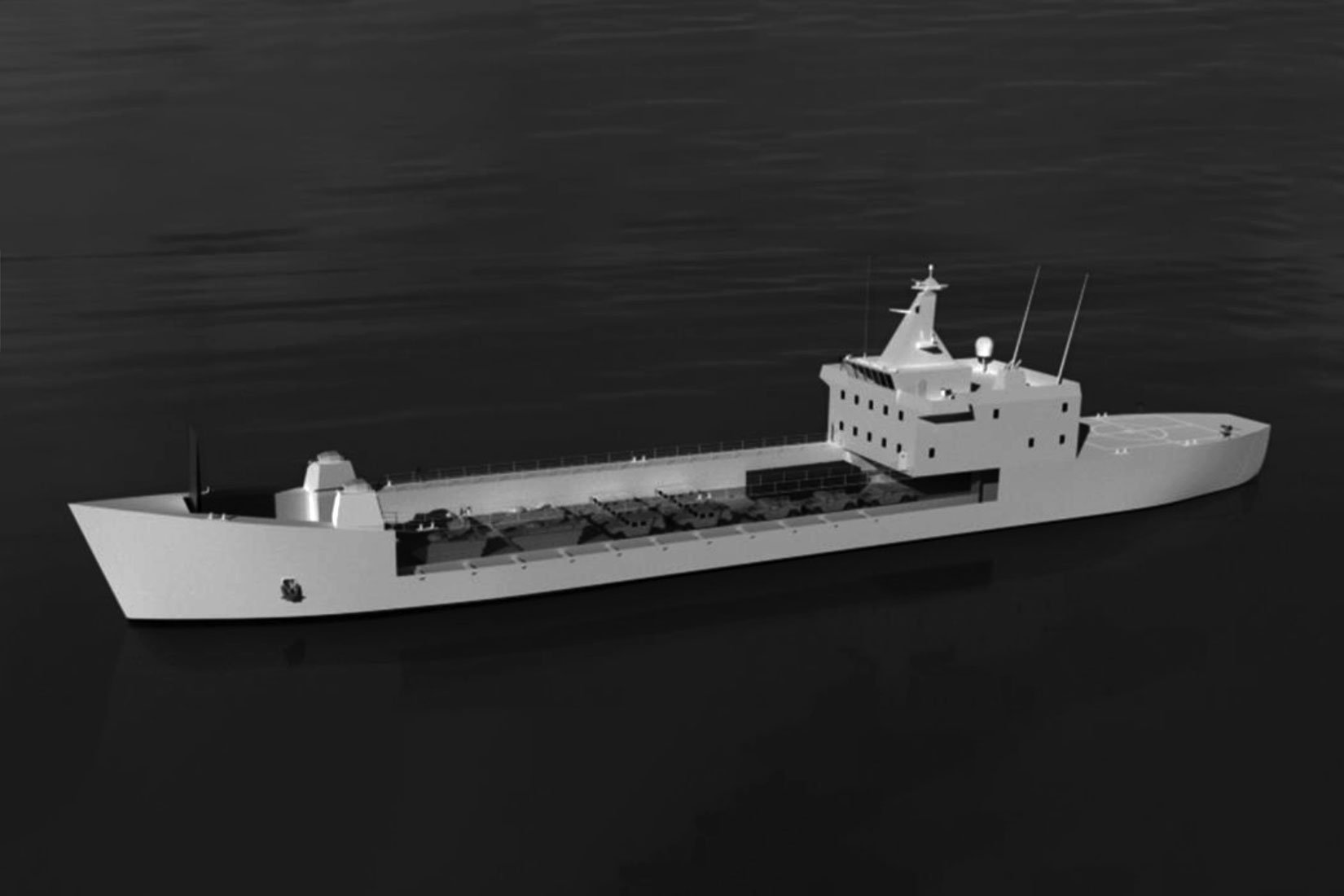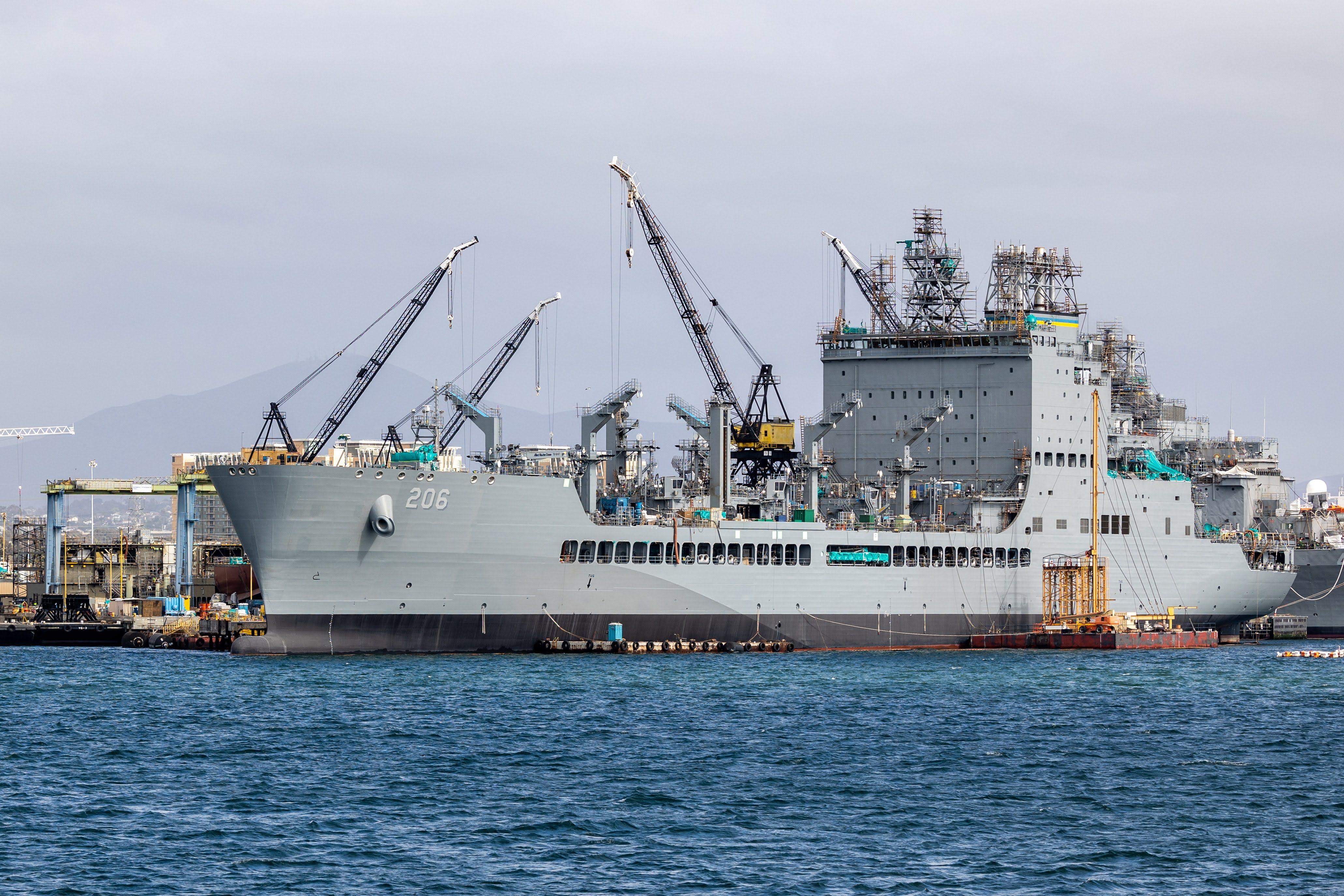
The Navy fared well during late-in-the-game Fiscal Year 2017 budget negotiations with the Defense Department, despite a widespread initial concern about cuts to the Littoral Combat Ship/Frigate program, Navy leadership told USNI News.
After a budgetary argument between Defense Secretary Ash Carter and Navy Secretary Ray Mabus became public in December, many in the Navy and industry became worried about the direction the Navy was being pushed in, particularly after being told to cut 12 ships in a time when the service is trying to build the fleet back up to more than 300 ships.
But Vice Adm. Joseph Mulloy, deputy chief of naval operations for integration of capabilities and resources, told USNI News that, despite the shipbuilding challenges the Navy still faces, the Navy actually came out better over the five-year Future Years Defense Plan than previously thought.
Due to inflation rates staying so low, the Pentagon effectively had more money to spend than previously planned, Mulloy explained. The Pentagon took that money from the services and then redistributed it back to the services to spend, Mulloy explained. As for the Navy’s money, Carter made clear in his Dec. 14 memo that it would be spent on fighter jets, advanced munitions and additional undersea firepower via an additional Virginia Payload Module.
“They basically bought almost everything that was on my list that I gave them in June – if I had more money, these are the things I would buy,” Mulloy told USNI News in a Feb. 17 interview at the WEST 2016 conference cohosted by the U.S. Naval Institute and AFCEA..
“It was SM-6s, it was SEWIP, it was undersea warfare. … Unmanned vehicles for undersea. All that stuff that I was in meetings on, all that money came back to us. So I would say, obviously we have a shipbuilding issue we’re going to have to take a look at.”
But overall, Mulloy explained, even though the Navy took some cuts in the FY 2017 budget – a 4-percent reduction in research, development, test and evaluation (RDT&E) and a 2-percent cut to fleet readiness, along with a Littoral Combat Ship – the Navy actually fared better than the other services.
“We gave up $4.6 billion, the total was $17, 18 billion DoD had to give up,” he said.
“But across the FYDP, as long as inflation stays low in America, we’re actually better off. That’s what I told the [chief of naval operations] – last year all the service chiefs said in ’16 if I lose one buck I can’t do the strategy. Well, in reality, we were essentially, because inflation stayed low, over-programmed. So I showed the CNO … you make more money in the FYDP. I think it’s, you’re down $4 billion in ’17 but you recover over $6 billion over the FYDP. So in reality you’re better off than when (former CNO Adm.) Jon Greenert looked at this” last year.
Despite a common reaction to the Carter memo that Navy shipbuilding was being curtailed even as the service was trying to grow the fleet to support the distributed lethality concept, CNO Adm. John Richardson told USNI News at a media roundtable that the DoD-influenced budget submission supports the lethality portion of distributed lethality and is not far removed from the spending plan the Navy wanted.
“Being in those conversations, I just haven’t sensed any discord. We’re all very committed to making sure that we’re meeting the future challenges – first of all taking advantage of everything we have right now and then anticipating future challenges,” Richardson said at a media roundtable following a speech at the American Enterprise Institute.
Whereas Navy officials have spoken about the need to modify existing weapons to make them more lethal – as part of the distributed lethality push, meant to improve the lethality of ships quickly and inexpensively – Pentagon officials have spoke of shifting their focus to a future high-end fight. Richardson said “it might just be a language thing. … I just don’t sense that there’s too much daylight between us.”
Richardson added that the push for distributed lethality should be complemented with funding for similar anti-air and anti-submarine funding.
“We have to make sure, as we do that, that we also appreciate that we have the same sort of momentum and motion going on in the counter-air environment, NIFC-CA (Naval Integrated Fire Control Counter-Air), you’ve heard about. So they’re all sort of different versions of the same type of an approach. And so I want to make sure that as the surface community gets distributed lethality up and on its feet, the air community gets NIFC-CA up and on its feet, kind of get the submariners into that as well, so that everybody can participate in this concept going forward.”
Despite the assurance that the Navy and DoD were in sync on their budget priorities, Carter’s December memo highlighted many changes to the Navy’s proposed budget. According to the memo, Carter would curtail LCs/frigate acquisition, increase munitions production, maximize undersea advantage through the VPM, and procure 31 additional fighter jets. These changes were needed, the memo said, to prevent the Navy from cutting VPM and fighter acquisition; making “dramatic cuts” to “our most modern munitions;” reducing surface ship electronic warfare capabilities and submarine combat systems; “disrupting our efforts to field infrared search and track capability, counter electronic attack radar upgrades, and Next Generation Jammer;” and cutting manned and unmanned aircraft buys.
Also during the interview, Mulloy explained the Navy’s rational for a cut that was approved by DoD but will likely face congressional pushback: cutting a carrier air wing. The Navy is congressionally mandated to have 11 aircraft carriers and 10 carrier air wings, but the Navy has proposed dropping down to nine air wings to save money and to create a more efficient air force.
“We grew our shipyards to 33,500 people, I added a billion dollars in ship maintenance over the FYDP to maintain the shipyards to take care of the aircraft carriers, because why, because aircraft carriers as they age are taking longer” to finish yard maintenance, Mulloy explained.
“No aircraft carrier has gotten out early, every aircraft carrier has gotten out late. As you add up the months late and the long time of a four-year refueling and overhaul, a 16- to 18-month docking availability and the other ones are supposed to be five-month [planned incremental availability] but become six or seven months – you just don’t need to have a tenth air wing. You just don’t with an 11-aircraft carrier force.”
Mulloy said he had spoken to some congressional staffers already and “the initial response I’ve had from staffers has been, this will be a challenge, but they understood our logic on that one. … I think we can walk them through what our logic was, especially in light of carrier maintenance.”





